Conventional Medicine Approach


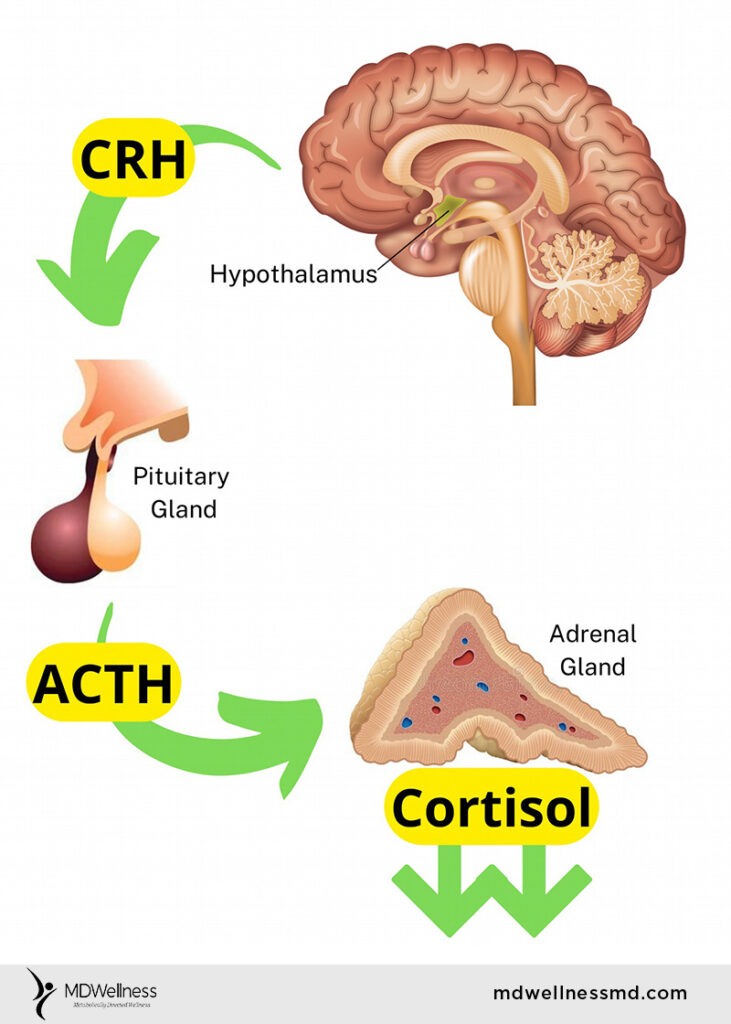



Anabolic-Catabolic Imbalance
Fatty Acid vs Sterol Levels Leading to Metabolic Imbalance and Chronic Pain

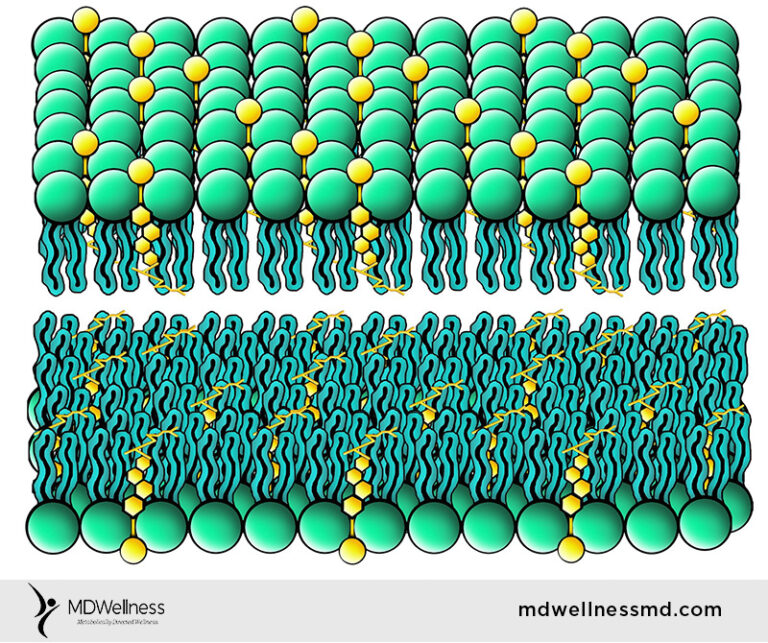
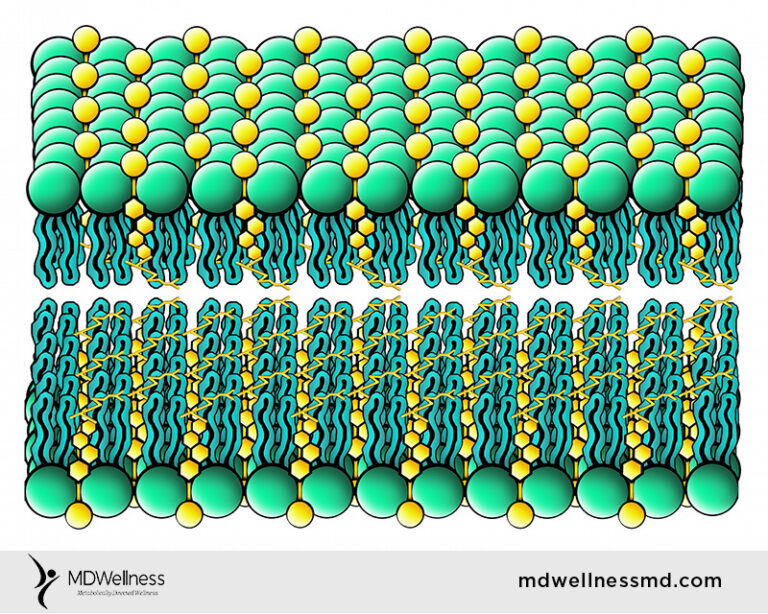
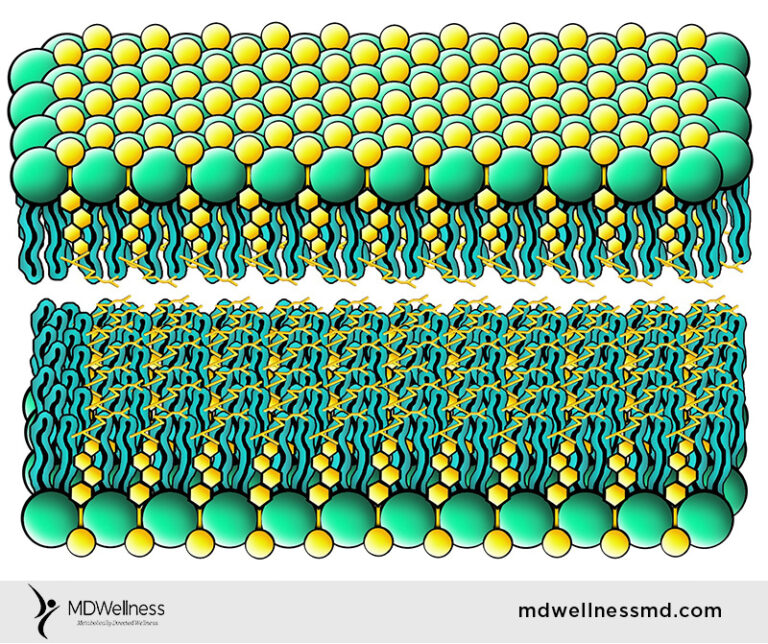
Initially your cortisol levels can rise leading to Anerobic imbalance and therefore tissue acidity (low pH) and acid pain
However, some people respond to stress by secreting excess adrenaline leading to Dysaerobic imbalance and therefore tissue alkalinity (high pH) and alkaline pain
Oftentimes with chronic stress, some hormones can go up (think cortisol and estrogen), some can crash (think cortisol, thyroid, testosterone, progesterone) creating various opportunities to produce acid-base tissue abnormalities and pain



Patty W Siri-Tarino, Qi Sun, Frank B Hu and Ronald M Krauss 1 From the Children’s Hospital Oakland Research Institute Oakland CA Harvard School of Public Health Boston MA.
ABSTRACT

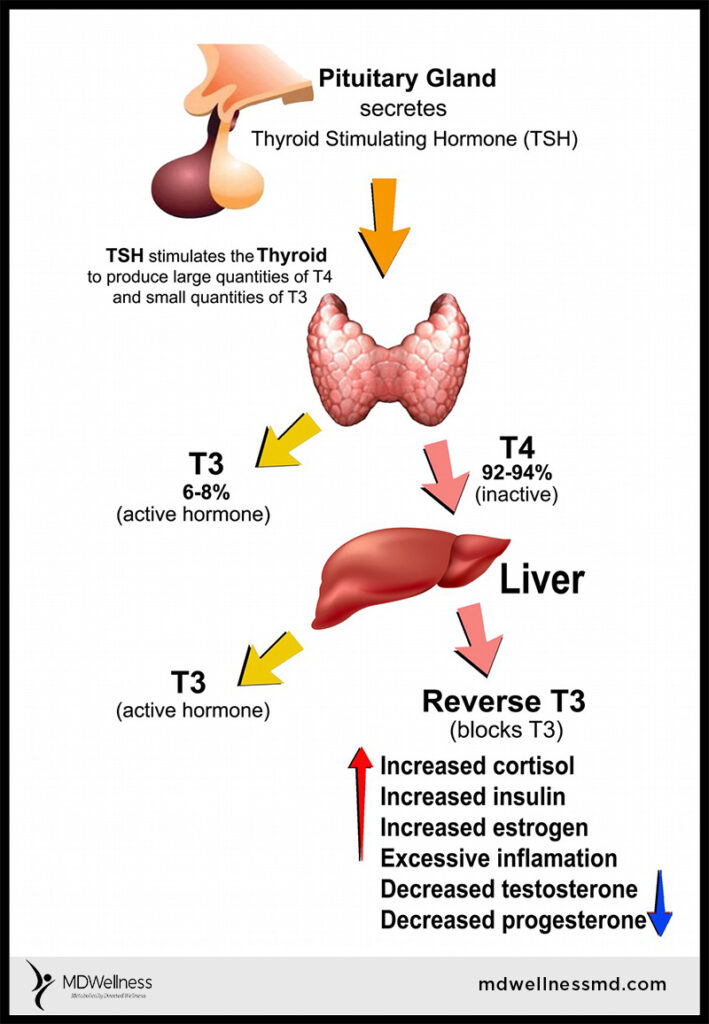
A Common, Underecognized Cause of Fibromyalgia

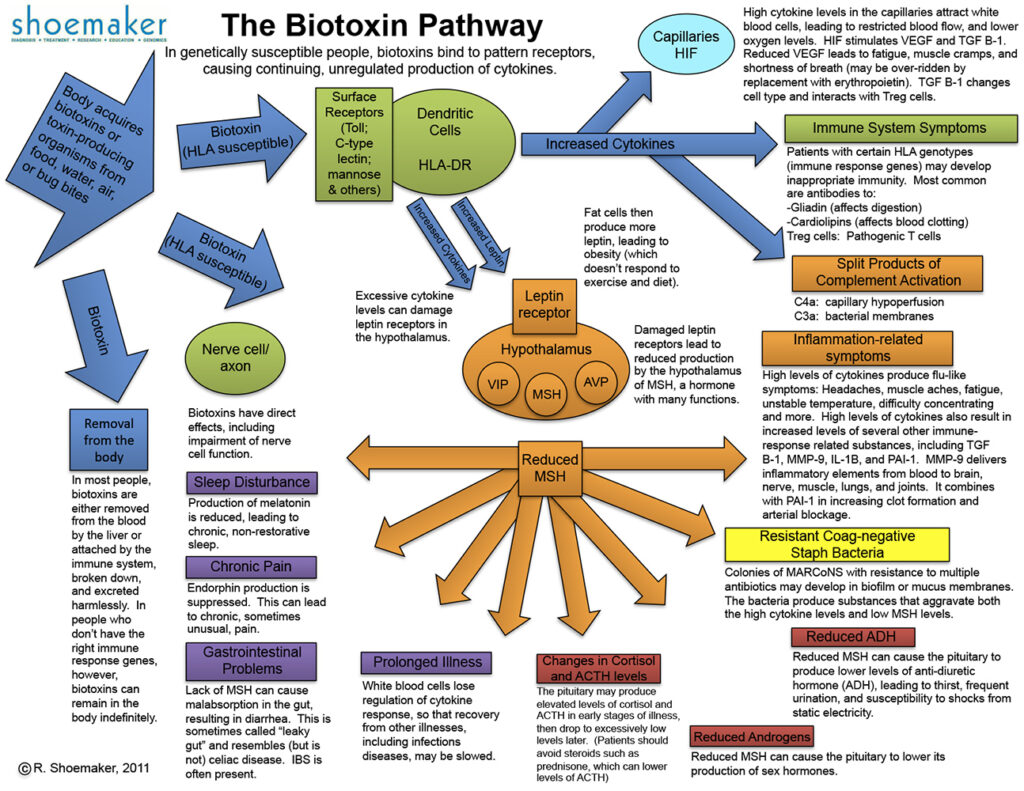
The Work of George Watson PHD

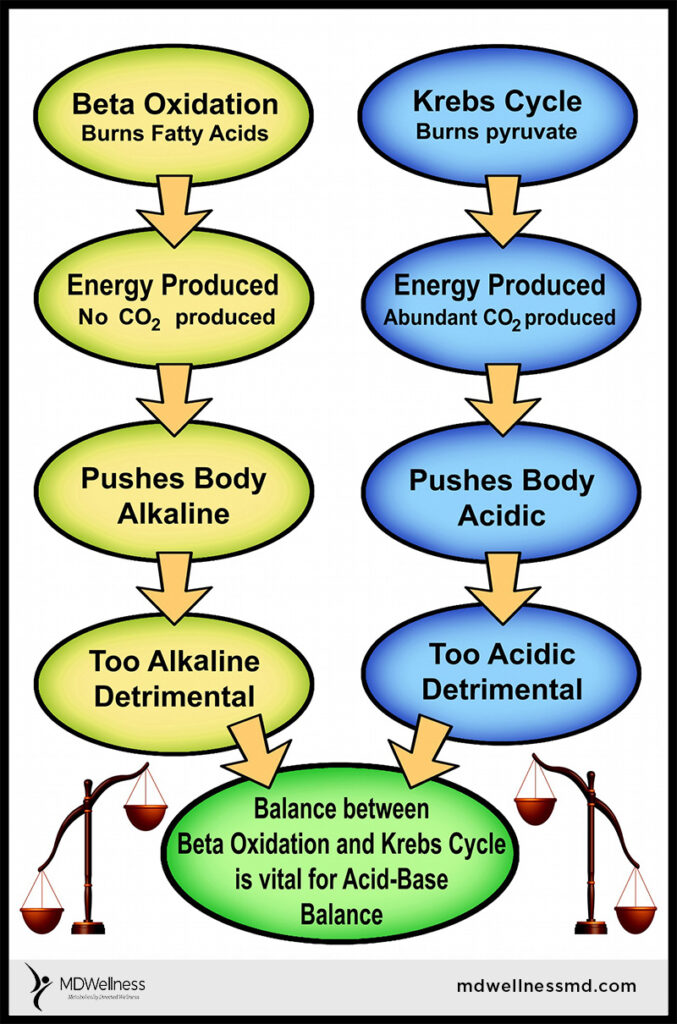
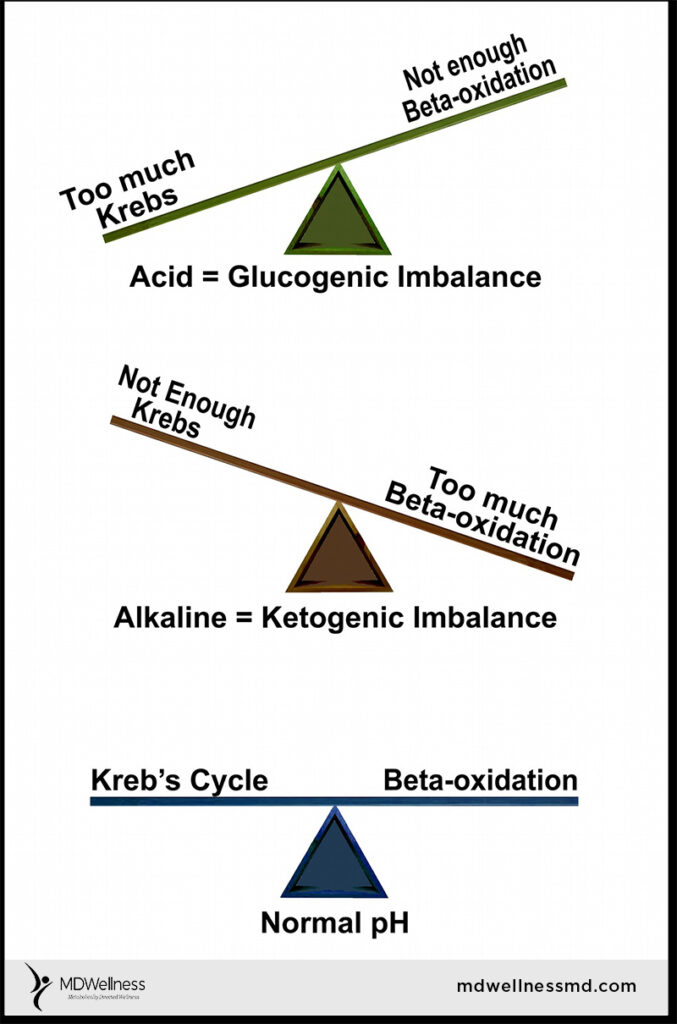
To learn more about MD Wellness contact us today by giving us a call at (732) 268-7663, emailing us at [email protected] or by requesting an appointment online.
Disclaimer: The entire contents of this website are based upon the opinions and experiences of Dr. Rothman, unless otherwise noted. Individual articles are based upon the opinions of the respective author, who retains copyright as marked. The information provided on this website is not intended to replace a one-on-one relationship with a qualified health care professional and is not intended as medical advice. It is intended as a sharing of knowledge and information from the research and experience of Dr. Rothman and his community. Dr. Rothman encourages you to make your own health care decisions based upon your research and in partnership with a qualified health care professional. If you are pregnant, nursing, taking medication, or have a medical condition, consult your health care professional before using products based on this conte
© 2024 MD WELLNESS. All Rights Reserved. | Terms & Conditions | Our Disclaimer and Privacy Policy | Shipping & Return Policy
Website Created and Managed by M&A consulting
Schedule a Free Consult
Complete this quick form to schedule a
non-obligation 15 minutes phone consultation.